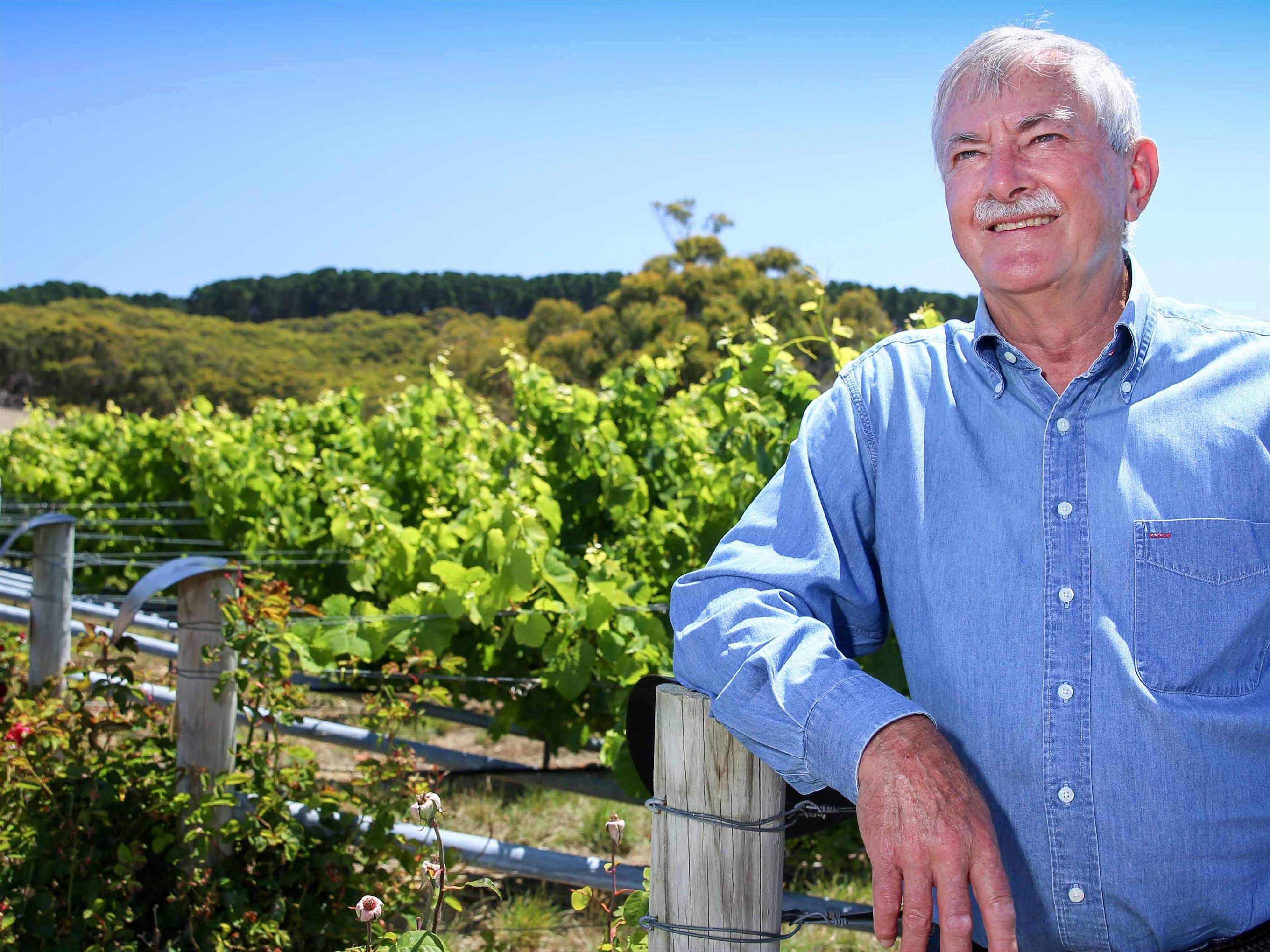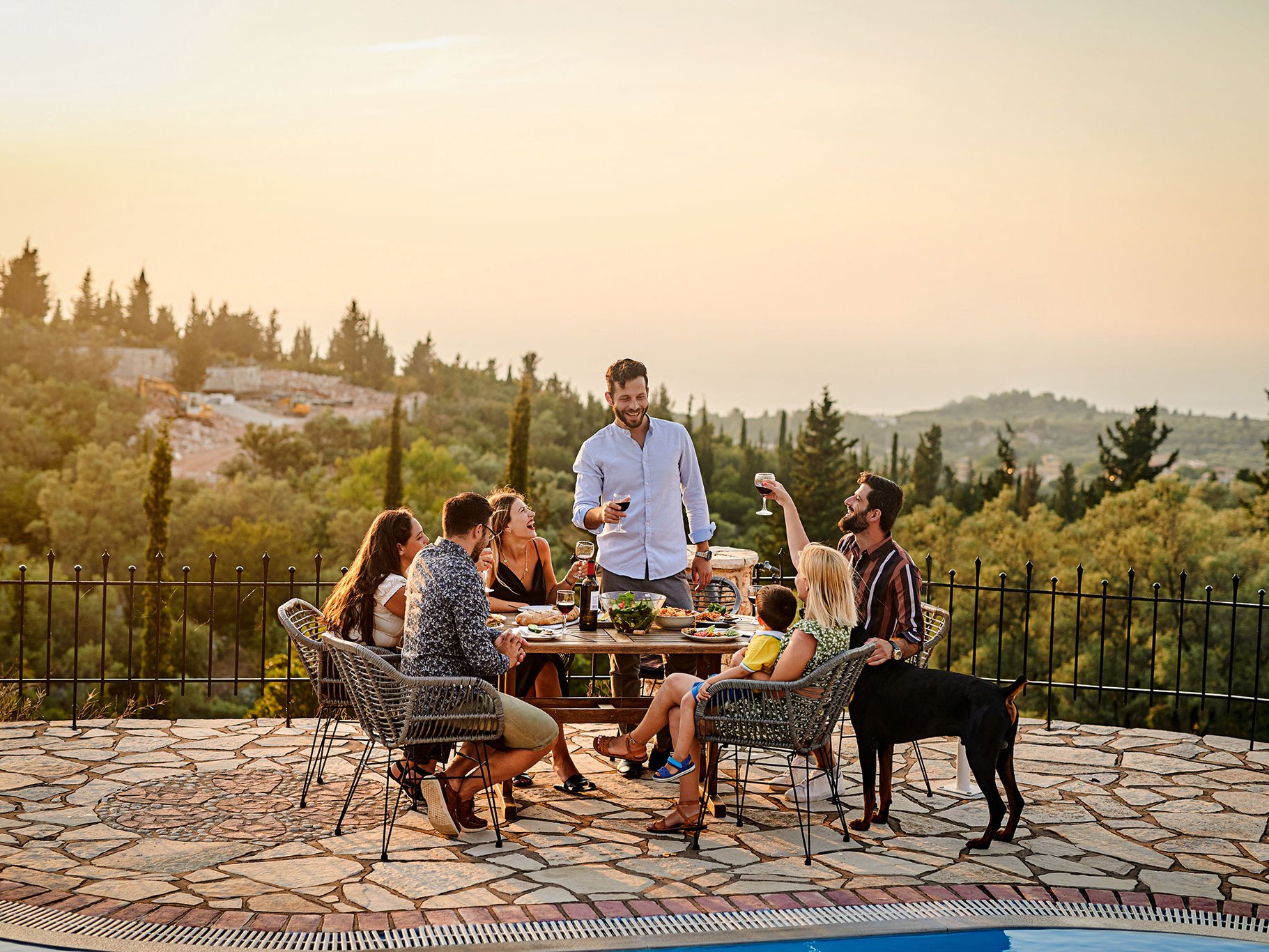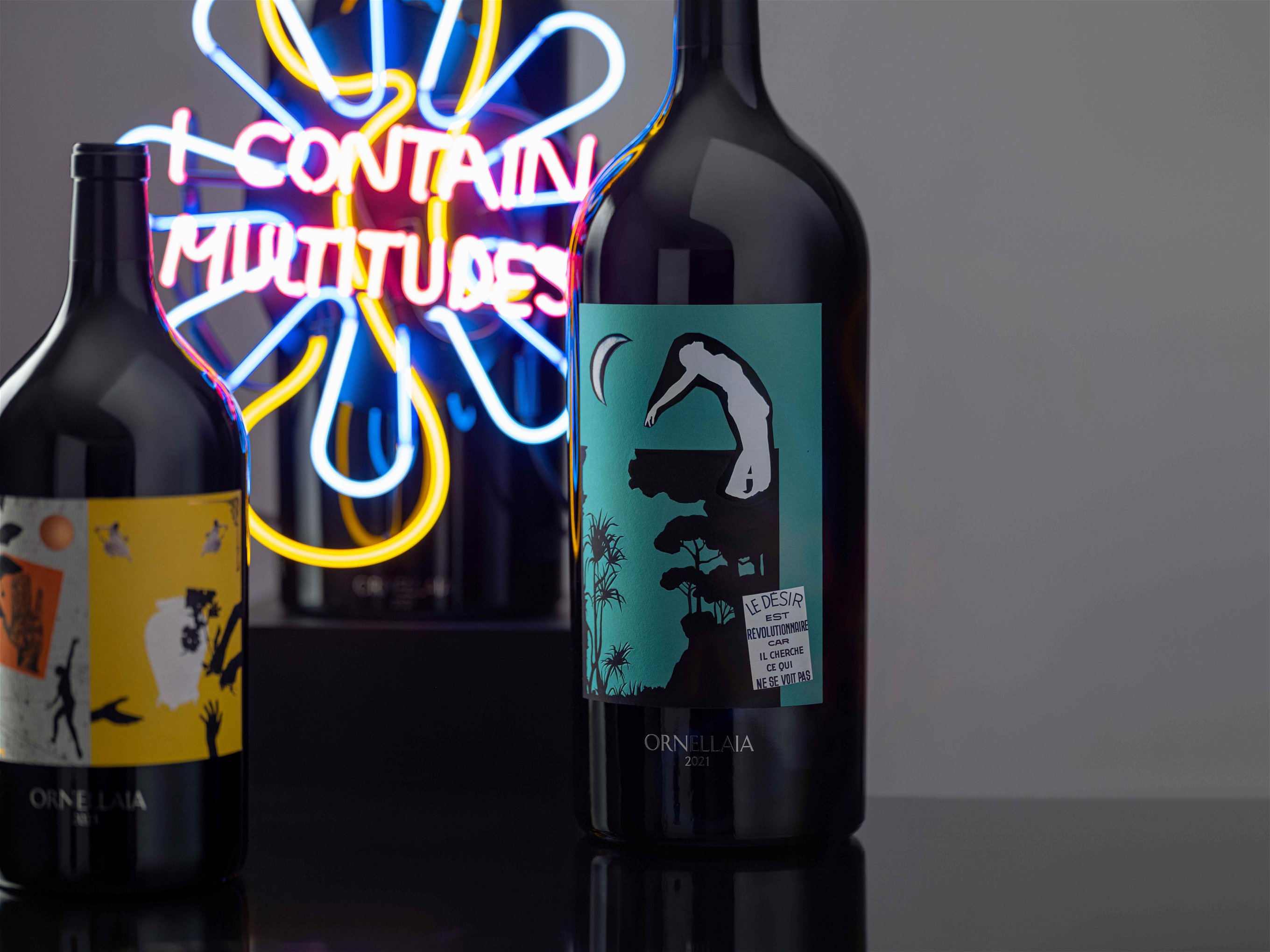Celebrating 50 Years of Australian Chardonnay
The Australian wine industry is this year celebrating 50 years of Chardonnay: a wine style that revolutionised how this grape variety is perceived and shaped new drinking habits.
Everyone has their prejudices and passions, but Australian Chardonnay seems to provoke both in equal measure. Perhaps we shouldn’t be surprised. It may seem difficult to imagine wine aisles without it, but this is a style that burst onto the world wine scene just 50 years ago. In doing so, Australian Chardonnay transformed popular notions in so many countries of what everyday wine could taste like.
Juicy juggernaut
“I think it’s fair to say that Aussie Chardonnay taught Britons how to become a wine drinking nation,” states UK wine critic Oz Clarke. He recalls his delight at discovering this affordable “wonderful, peachy, lush, seductive happy juice” on a visit to Australia in the 1970s, before this “juicy juggernaut” eventually reached British shores in the 1980s.
Nudging caricature
Early pioneers such as Tyrrell’s Vat 47 and Lindeman’s Bin 65 still shine on shelves today, but their style hasn’t necessarily stood still. As the rich, fruity, oaky image of Australian Chardonnay nudged caricature in the 1990s, the new millennium saw many winemakers embrace an altogether leaner expression. This new breed of Aussie Chardonnay won plenty of medals and critical acclaim for its welcome newfound freshness, but alienated – or simply confused – many enthusiastic followers of the more generous style.
More evolution
Today that pendulum has swung once more, although the trend now thankfully lies somewhere in between these two extremes. A mouth-watering number of Australian Chardonnays now offer a style that combines this country’s trademark friendliness and sunshine with a carefully calibrated restraint that allows finesse, individuality and a delightfully refreshing food affinity to gleam so brightly.
Cool moves
“You’ve got to turn the dial up to eleven to realise it needed to be at eight, and that definitely happened in the evolution of Chardonnay from Australia,” acknowledges Mark Davidson from the country’s generic marketing body Wine Australia.
He tracks a number of developments that have helped shape the current state of Australian Chardonnay, not least “moving to cooler climates, moving to certain sites within those cooler climates, understanding the plant material that was coming in and, frankly, recognising that the techniques we all love, that shape great Chardonnay all over the planet, have to be used judiciously.” After all, he wryly observes: “Oak is a maturation vessel not just a flavouring compound.”
Thousands of hectares
That’s not to suggest that such a vast country with over 21,000 hectares of Chardonnay, not to mention so many different winemaker personalities, will ever yield just one expression. From the creamy, seductive yet still invigorating energy of a wine like Leeuwin Estate’s Art Series Chardonnay to the zesty, crisp yet still juicy character of Forest Hill’s Chardonnay made in the remote Great Southern region, there’s a thrillingly broad spectrum to explore. Between these poles lie the mellow, fresh, friendly Moorooduc Chardonnay from Mornington Peninsula, together with the tense, smoky, serious Tolpuddle Chardonnay from Tasmania. Is it even possible to talk about Australian Chardonnay as a single entity?
Texture and structure
Davidson is quite relaxed about such diversity. “The critical piece of the puzzle for me about great Chardonnay, no matter where it’s from, is texture and weight supporting the acid structure,” he outlines.
While a variety such as Riesling tends to speak much more of terroir than of winemaking technique, Chardonnay is a grape that lends itself happily to a host of vinification methods. Toasty oak, creamy malolactic fermentation, the added texture generated by lees stirring or the smoky, “struck match” character associated with a low oxygen, or reductive, winemaking approach. But it’s not just a question of how much, but how appropriately and sensitively these elements are deployed.
Less is more
Davidson points to an evolution that has seen Australian winemakers shift towards more sensitive options including “a lot less percentage of new oak, bigger barrels and better quality oak.” Crucially, today their decision is increasingly motivated not primarily by fashion but, he suggests, “proper use of oak that’s commensurate with the quality of the fruit.” What’s more, Davidson believes the same consideration is also now driving decisions over malolactic fermentation and lees stirring, noting: “that sort of stuff needs to be background noise and the fruit needs to be singing.”
Blended expression
So far, so in tune with top winemakers around the world. But in contrast to the widely accepted European model that links great wines to a specific terroir, Australia has long made a virtue of sourcing fruit from a huge area, not just for entry level styles but also more ambitious wines. Legendary producer Penfolds is a prime example, with top Chardonnay Yattarna and its little sister Bin 311 Chardonnay today incorporating fruit from not just three sites, but three states: Tumbarumba, Adelaide Hills and Tasmania.
“We all grew up as wine geeks with this idea about single sites, different places and how they express themselves,” admits Davidson, “but there’s a lot to be said for a style that is 100% contemporary but 100% Penfolds.”
Inspiration not emulation
That sense of confidence is what, above all, seems to shape modern Australian Chardonnay. As Davidson explains, “What our wines are exuding nowadays is that they’re not really trying to be anything else. We’re trying to do the best expression of what we can do on this site.” He cites the view of Michael Hill-Smith, whose Shaw + Smith and Tolpuddle wines today stand proud among Australia’s finest Chardonnay examples. For Hill-Smith, and indeed many of his peers, “Inspiration rather than emulation is now the ticket.”














